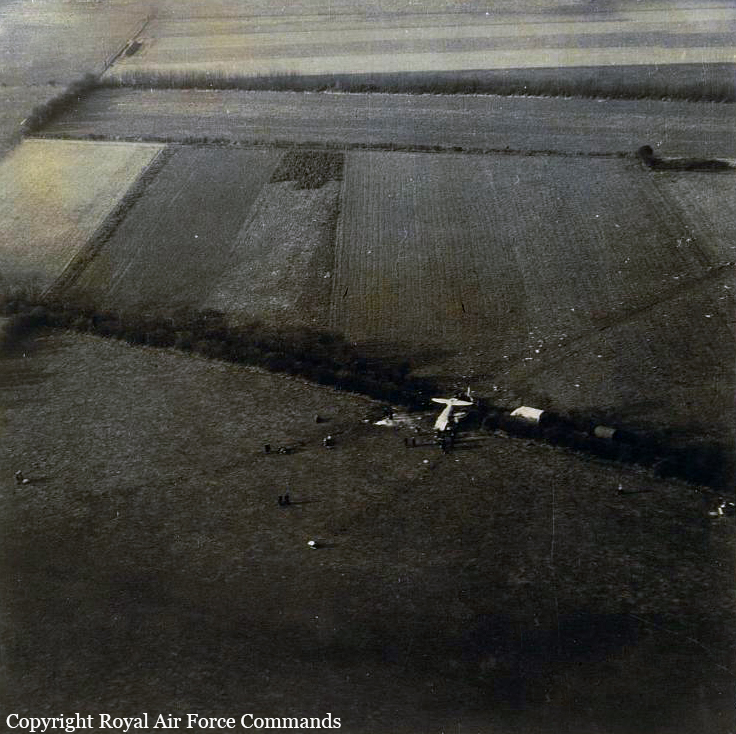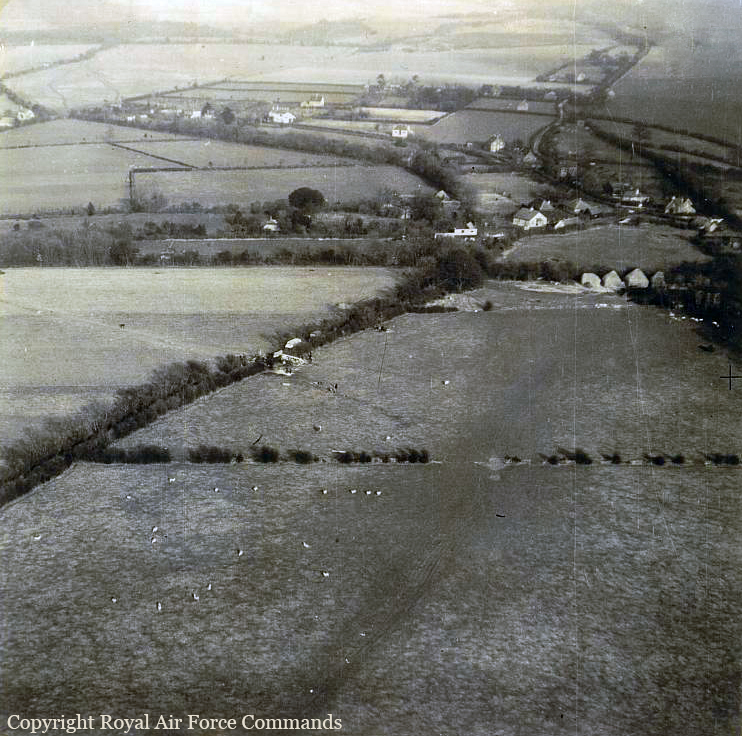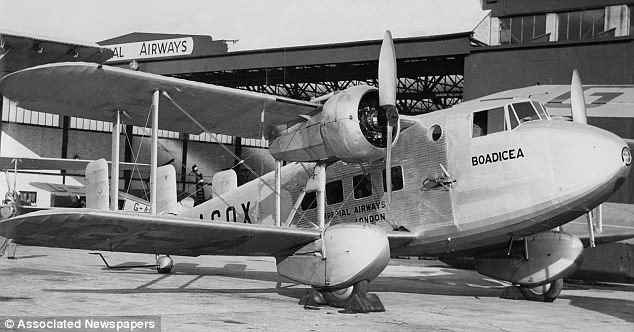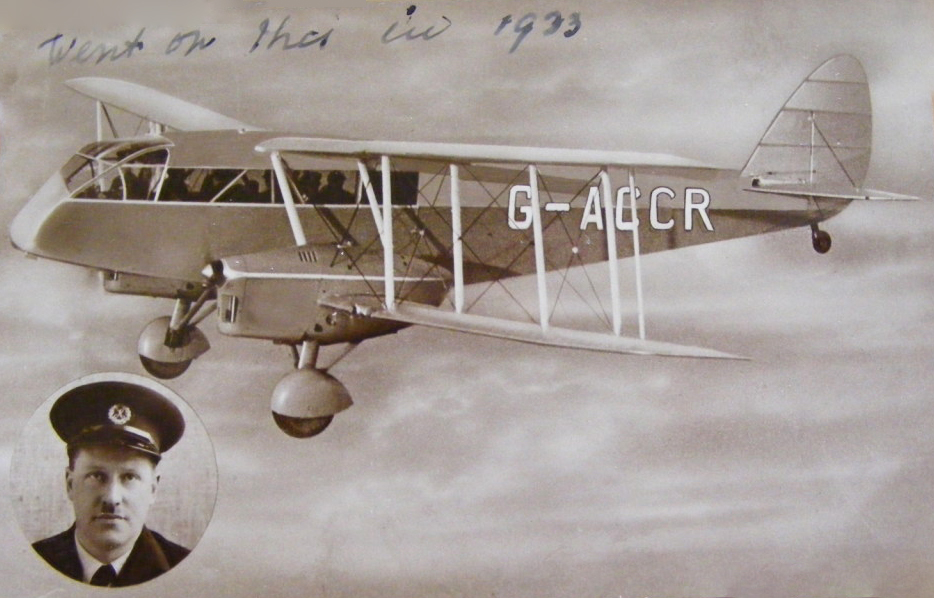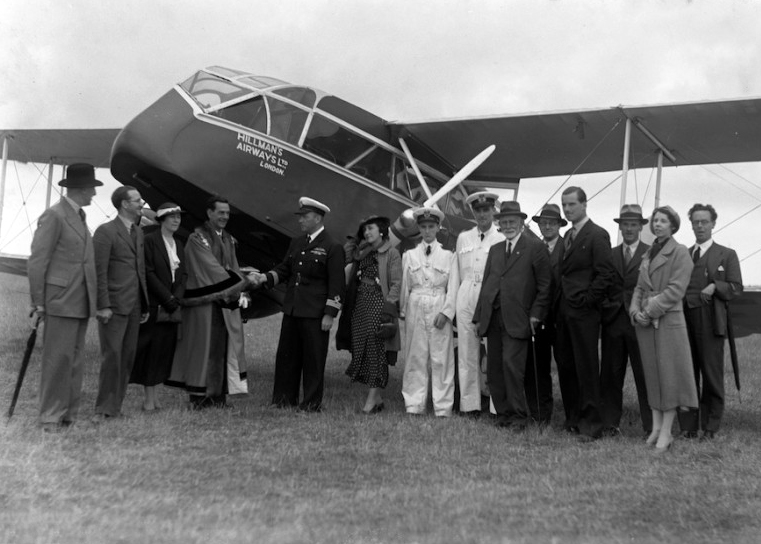Crash of a General Aircraft ST-25 Monospar Jubilee in Lympne: 4 killed
Date & Time:
Mar 12, 1938 at 1800 LT
Registration:
G-AEJV
Survivors:
No
MSN:
83
YOM:
1936
Crew on board:
1
Crew fatalities:
Pax on board:
3
Pax fatalities:
Other fatalities:
Total fatalities:
4
Circumstances:
Shortly after takeoff from Lympne Airport, while in initial climb, the airplane entered an uncontrolled descent and crashed in a field. All four occupants were killed.
Crew:
William Eric Davis, pilot.
Passengers:
Mrs. Cross,
Yvonne Mollie Marguerite Hernu,
Raymond Arthur Joseph Hernu.
Crew:
William Eric Davis, pilot.
Passengers:
Mrs. Cross,
Yvonne Mollie Marguerite Hernu,
Raymond Arthur Joseph Hernu.



